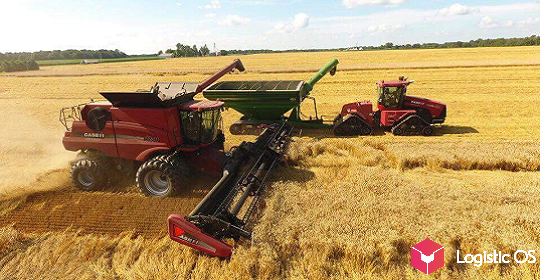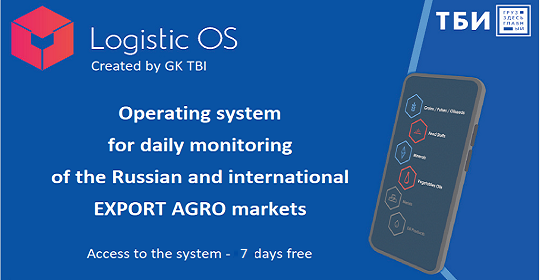If we compare the first half of 2023 with the same period last year, the volume of insurance increased by 58%.
In total, 5.8 million hectares of agricultural land were insured in the first half of the year, which is significantly more than last year: 3.5 million hectares, according to the National Union of Agricultural Insurers.
At the same time, farmers are currently offered 2 types of programs: multi-risk and related to the occurrence of emergencies.
So far, the former prevail: this year, 3.5 million hectares were insured precisely under the multi-risk program, which is 46% more than in the same period last year.
The risks from emergencies are still less popular, but their demand is also gradually growing.
For example, in the first half of 2023, 2 million hectares were insured under such a program. On the one hand, this is significantly less than under multi-risk programs, on the other hand, it is significantly more than last year (by 85%).
Why is insurance growing in popularity?
In addition to the realization by agricultural producers of the fact that insurance is ultimately cheaper than compensation for possible losses at their own expense, the measures taken by the Ministry of Agriculture of the Russian Federation to increase the popularity of insurance among farmers also play an important role.
In particular, state support measures are used, and state-supported insurance is really in demand.
In addition, emergencies often occur in the country, which encourage those who have not yet insured to do so.
For example, just this season, several regions of Russia immediately introduced emergency regimes due to drought.
In particular, this is the Chuvash region, as well as Novosibirsk, Omsk, Tatarstan.
It has already been calculated that the total damage caused to farmers operating in these regions may be at the level of 787 million rubles.
For example, in Chuvashia, drought affected about 44,000 hectares, but 30,000 of them were insured, so producers have a chance to receive solid compensation.
And in the Omsk and Novosibirsk regions, at least 750,000 hectares have been insured with government-supported programs.
In general, experts note that farmers are becoming more aware of climate risks, so insurance volumes will certainly increase every year.
By the way, this applies not only to grain crops: for example, this season, the volume of rapeseed insurance increased by 62%.
All this suggests that in the near future, the bulk of crops may be insured, which will significantly increase the protection of farmers in case of unforeseen circumstances.

